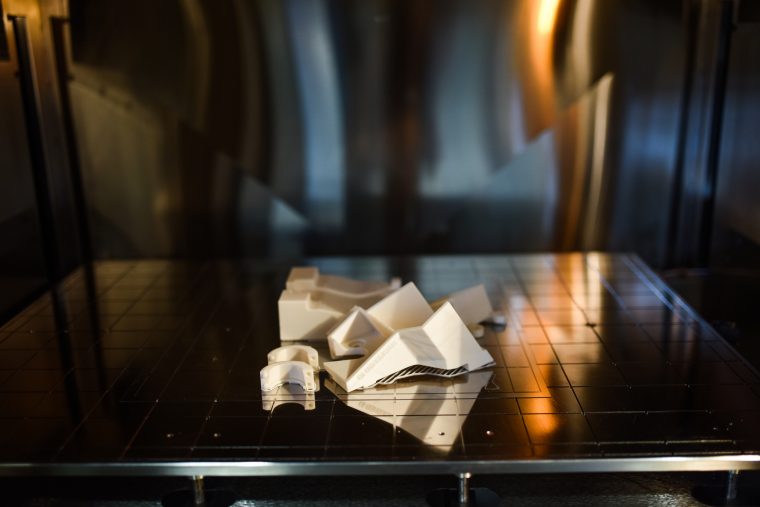Stratasys has announced that GKN Aerospace, a UK-based global engineering firm has improved production times for tooling applications since integrating its F900 3D printer into production. This printer was implemented at GKN’s Filton, South Gloucestershire manufacturing site, allowing the company to create complex parts, that would be difficult to make with traditional methods.
“Since integrating the F900, we have dramatically reduced production-line downtime for certain teams and are enjoying a newfound freedom to design complex tools,” said Tim Hope, Additive Manufacturing Center Manager at GKN.

The benefits of 3D printing manufacturing
Traditionally, the lead-time required to produce a metal or plastic replacement tools is several weeks. According to Hope, with the F900 3D printer, the company can now cost-effectively produce tools within three hours.
Furthermore, by printing with engineering-grade thermoplastics, GKN can produce 3D printed tools, matching the standard of traditionally-produced parts, with repeatable quality each time. According to GKN Aerospace, the switch to 3D printing has lead to a 40% decrease in material waste.
Last year, GKN has implemented 3D printing as a result of a partnership with EOS to improve the capabilities of metal additive manufacturing in automobile production. It also recently received a contract from Ariane Group to additively manufacture two full-scale turbines.
“One of the key benefits of additive manufacturing is the creative freedom this technology affords users. The F900 offers the largest build-size of any FDM 3D printer enabling us to rapidly produce tools to meet any requirements. Most notably, complex geometries and cavities that would otherwise be problematic are now practical with the F900,” added Hope.
“We’re utilizing it to design, and 3D print, previously inconceivable tools that enable us to manufacture complex parts that are uneconomical or just physically impossible by other methods.”

Cutting costs with 3D printing
As 3D printing continues to provide fast, cost-effective manufacturing, other companies are also making the switch to additive manufacturing. French aerospace manufacturer, Latécoère, cut lead times by 95% after implementing Stratasys’ 3D printing technology into its design and production process.
Earlier this year, automobile manufacturer, General Motors, reported one of its factory’s had saved $300,000 after switching to 3D printed tooling. Similarly, the Volkswagen Autoeuropa factory in Portugal, made an annual saving of $160,000 after it began implementing 3D printing into production.
“GKN Aerospace’s product range is vast, and we see large-scale FDM and carbon-reinforced parts as the future of additive manufacturing in aerospace.” said Hope “By using Stratasys additive manufacturing for tooling, we are harnessing a machine that offers us the freedom to produce unique and complex tools of any size, with the build quality to match any manufacturing requirement. All while simultaneously preparing ourselves for the future.”
Keep up with the latest advancements in additive manufacturing by subscribing to the 3D Printing Industry newsletter. Alternatively, follow us on Twitter, and like us on Facebook.
Looking for an opportunity to join the additive manufacturing industry? Sign up to 3D Printing Jobs now.
Featured image show 3D printed tools. Photo via Stratasys.

